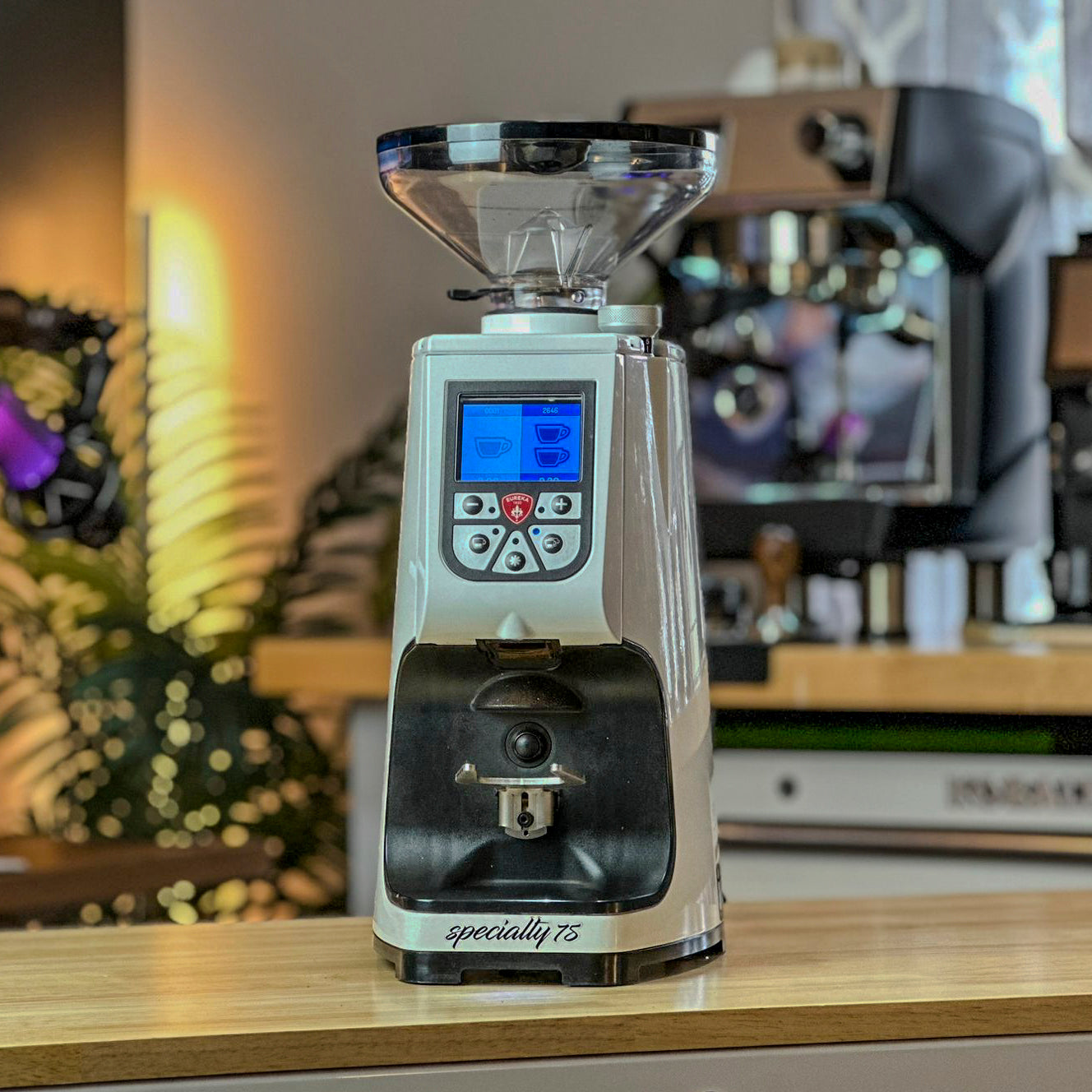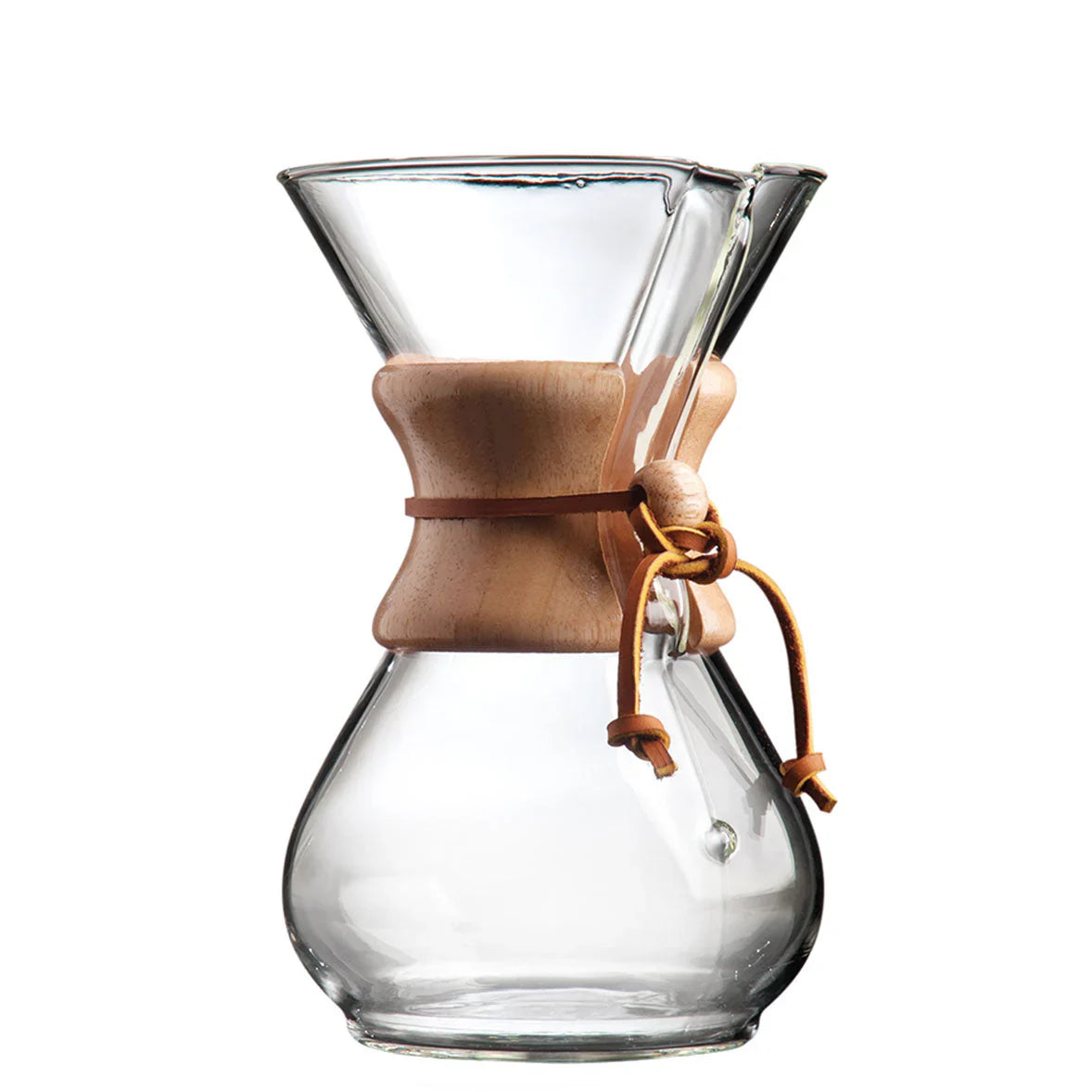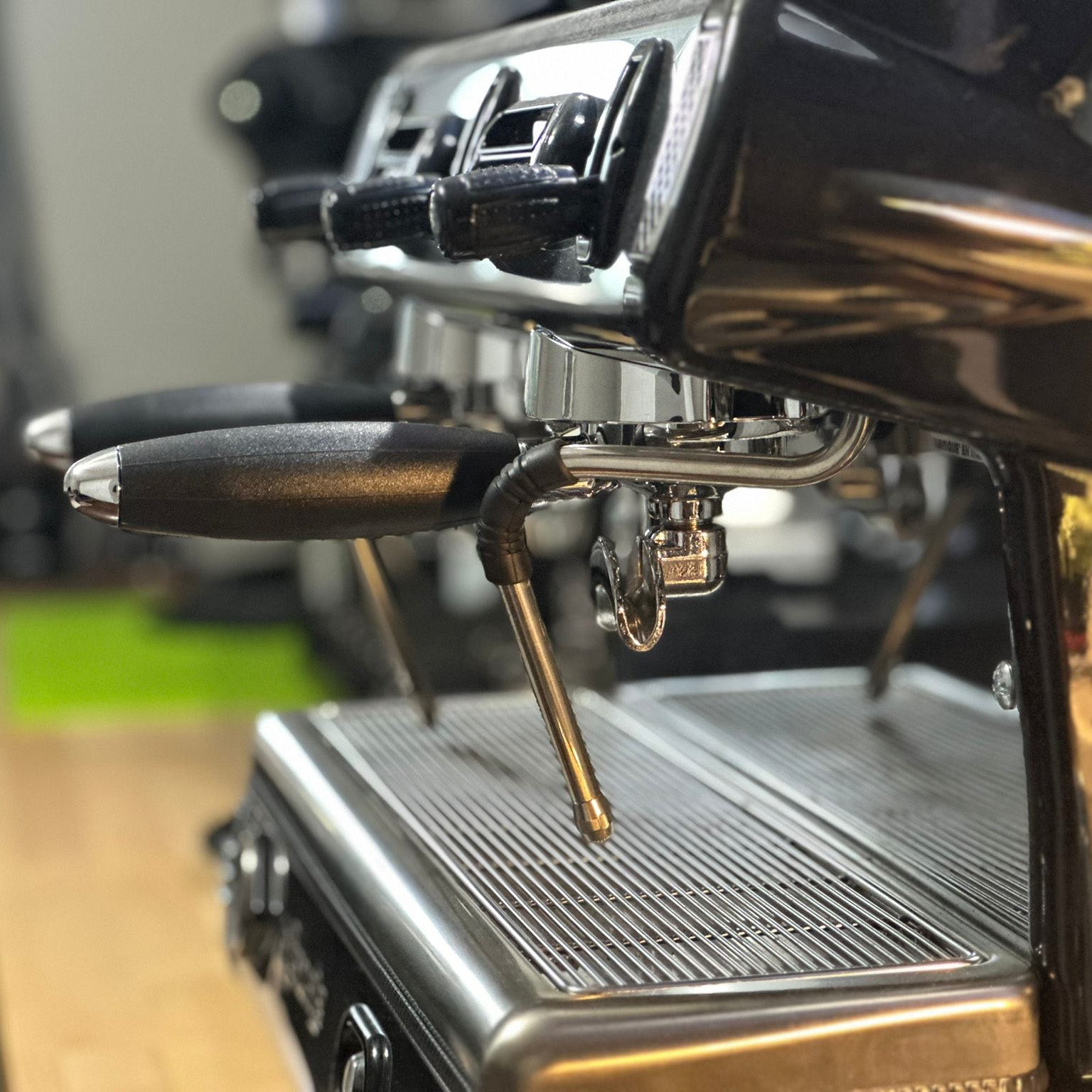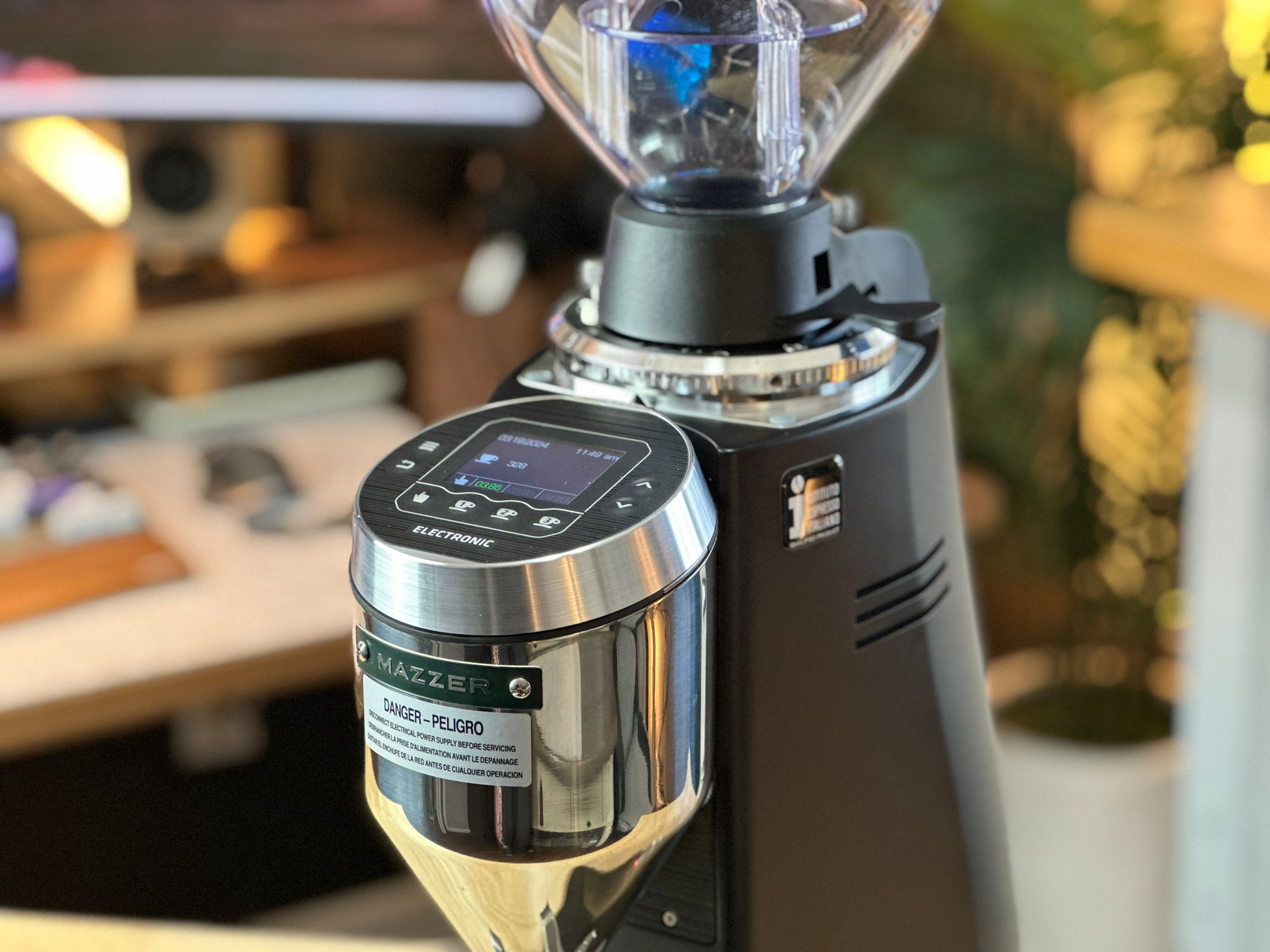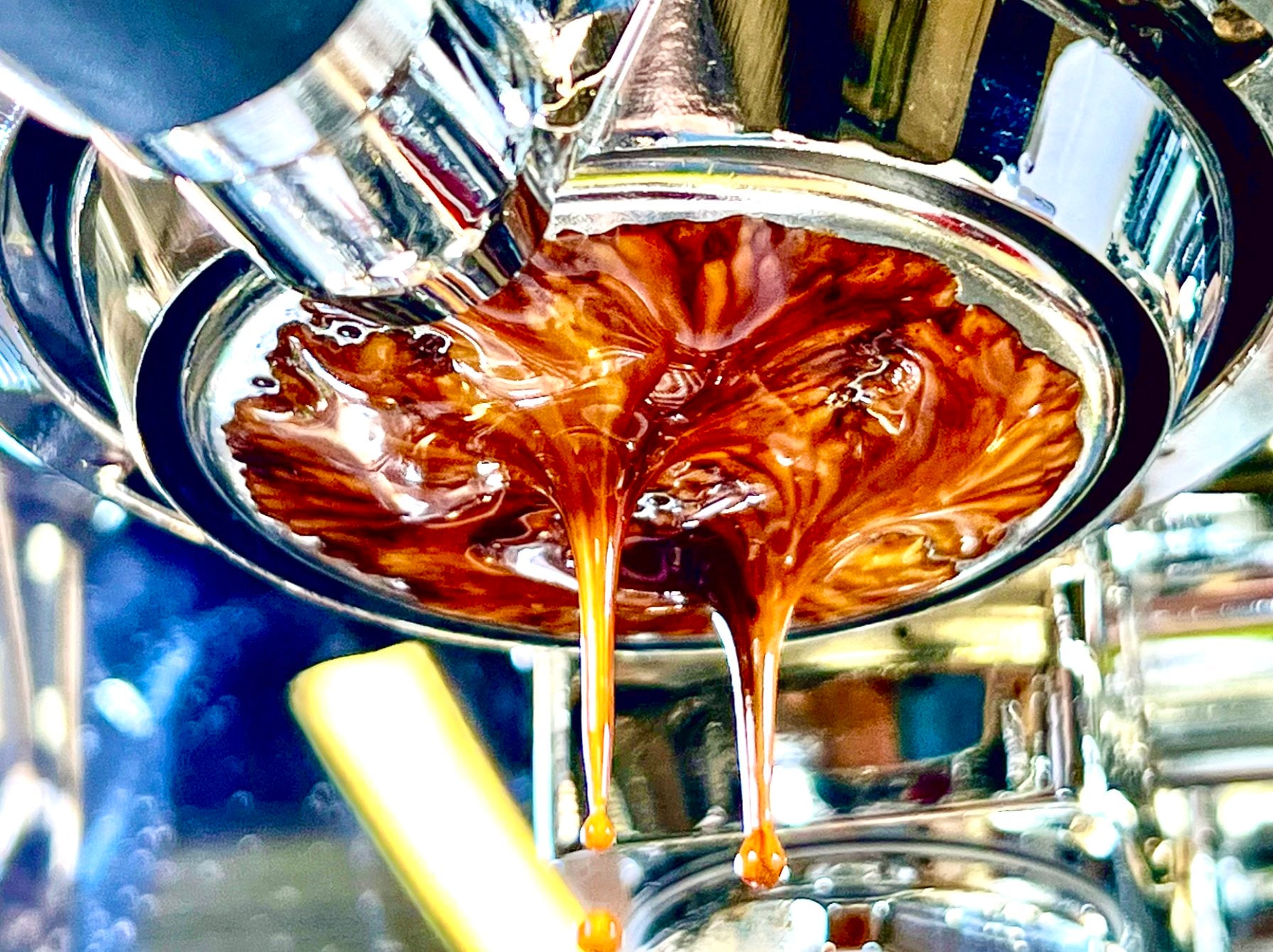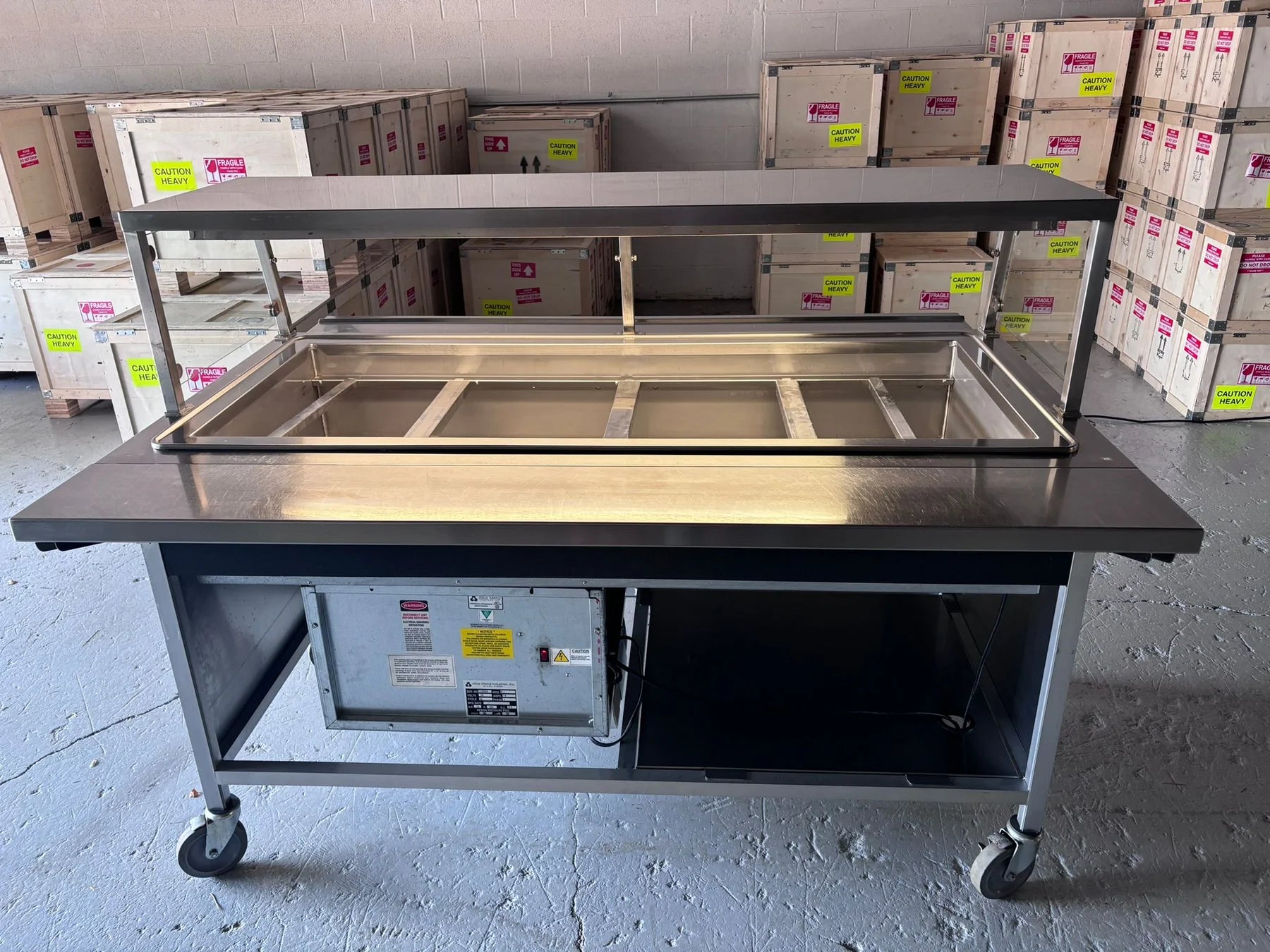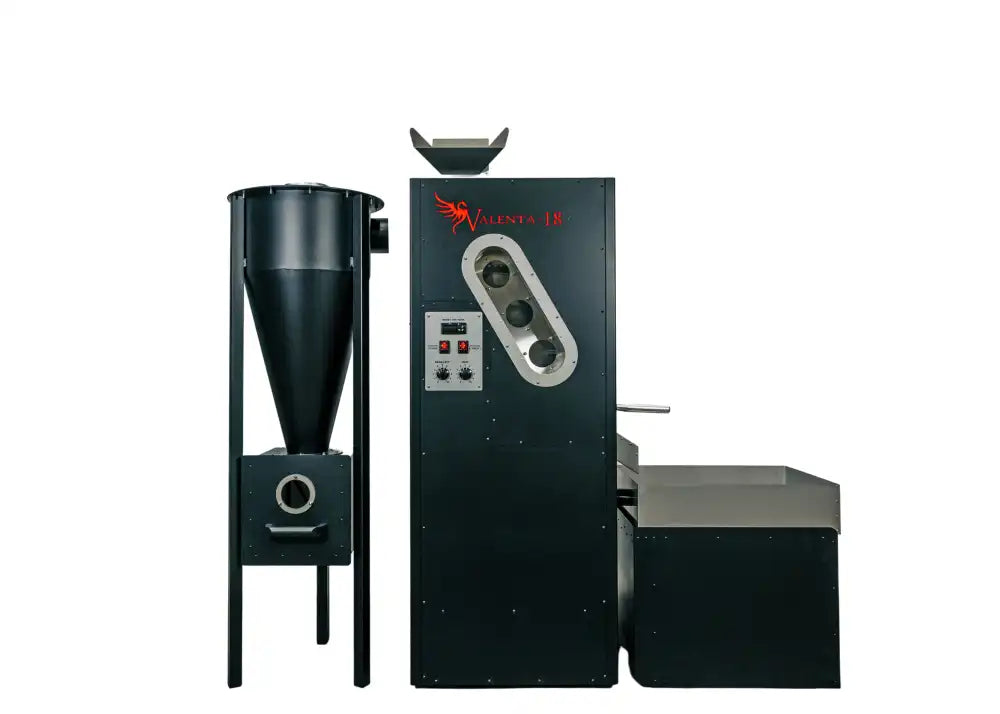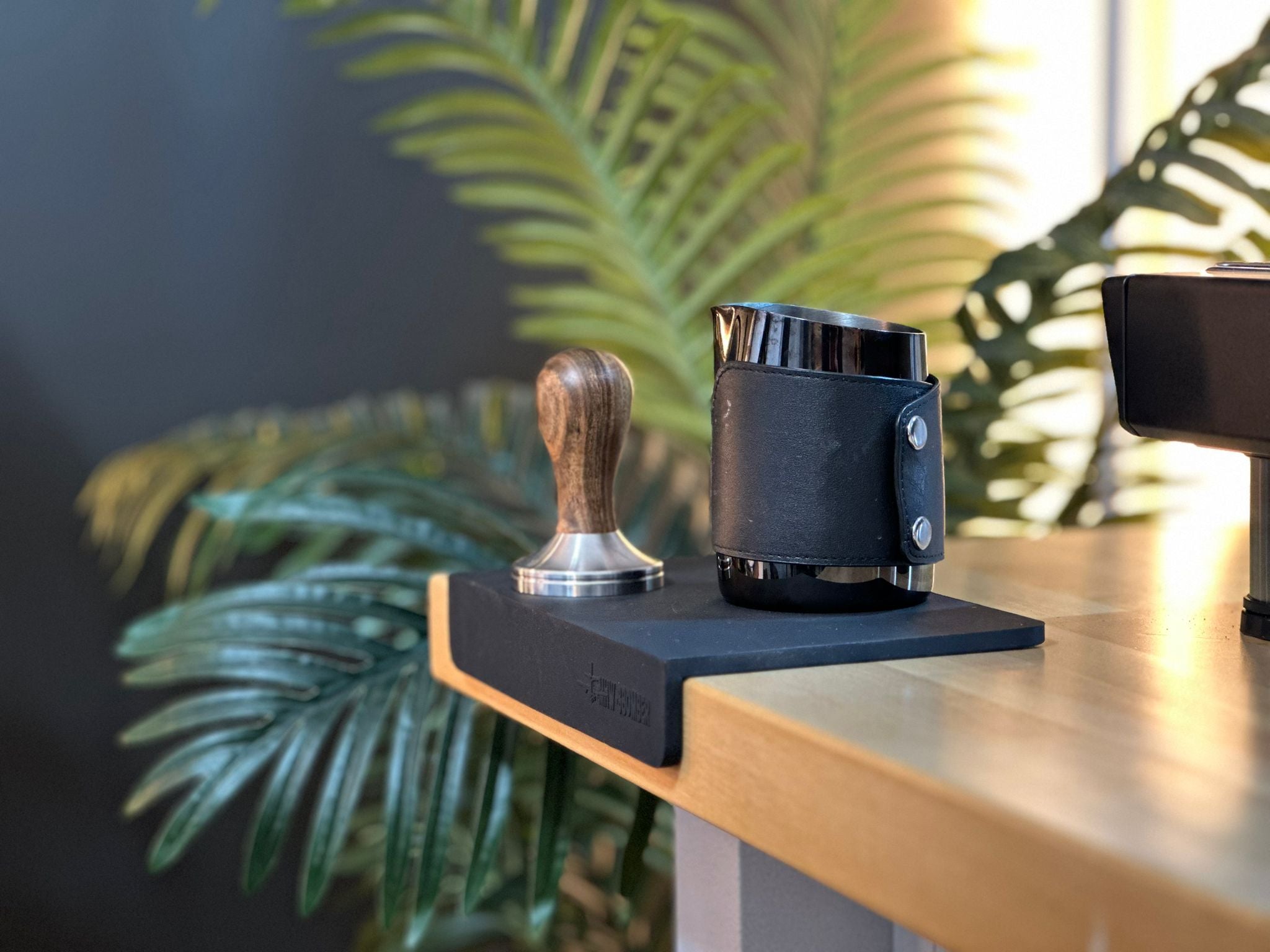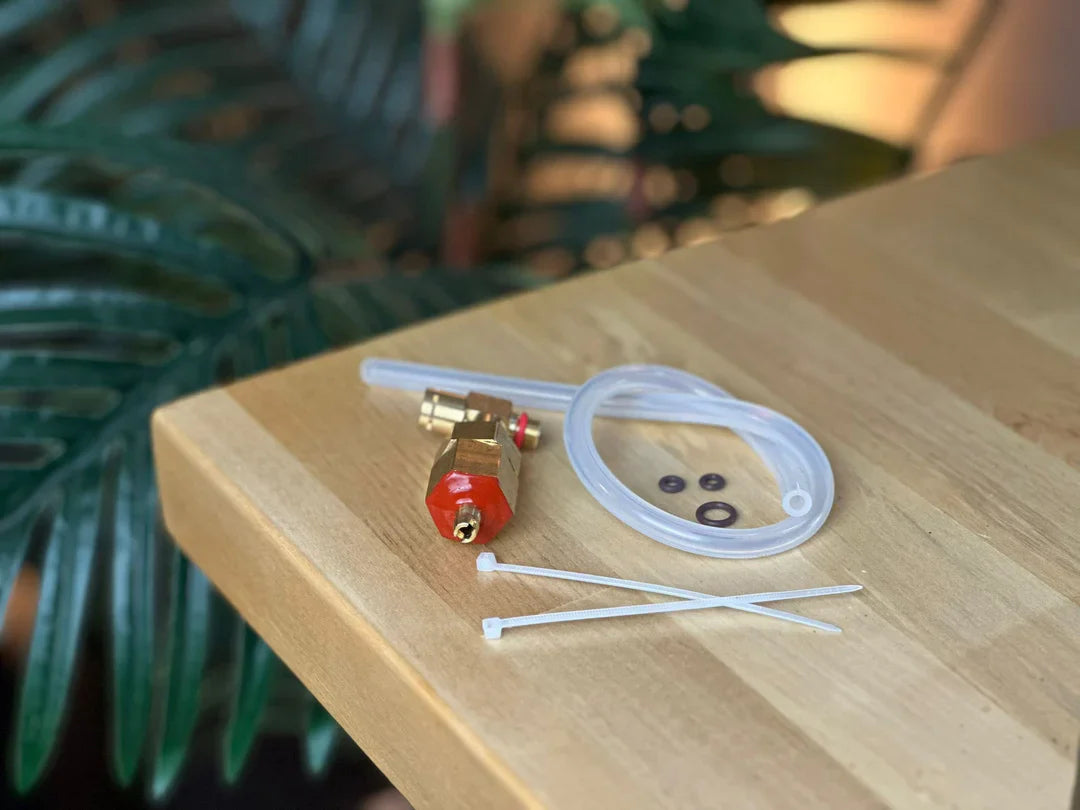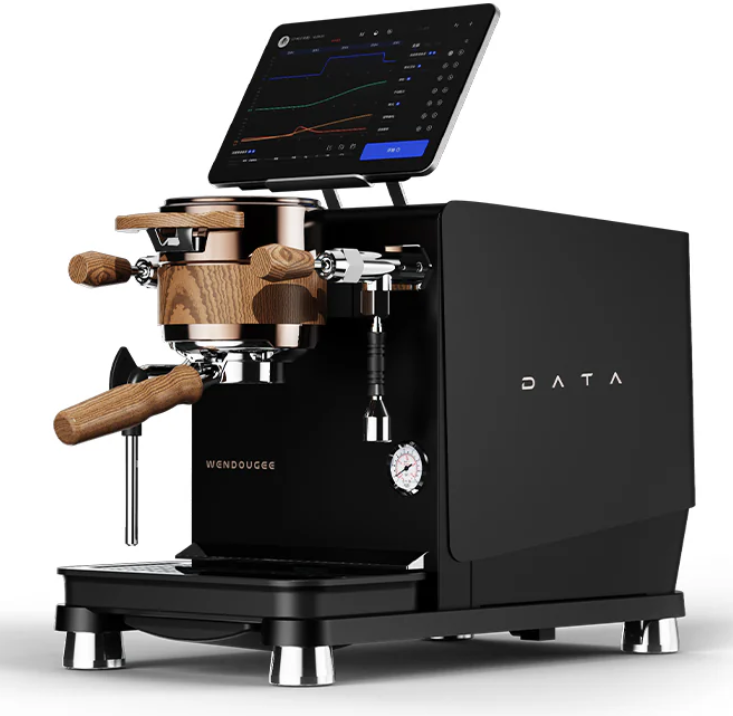Green Coffee Processing Methods and what they Mean for Your Cup of Coffee
Have you ever been at a specialty coffee shop and seen terms like Washed, Honey, Natural and so on, but never understood what all that meant? Are they adding honey to the beans? Aren't all coffee beans somewhat natural?
Well, these above mentioned terms and a few more we will discuss refer to how the green coffee is processed. A coffee bean (or actually seed) looks very simple in the bag sitting on our counters at home, but the bean itself comes from a coffee cherry, and the way we process that cherry in preparation for roasting has a huge impact on the final flavor.
Anatomy of a coffee cherry:
For the sake of this article, a coffee cherry has an outer skin which looks similar to a cherry that you might see at the grocery store. A coffee cherry is much more complex than this, but these are the basics.
Under the skin there is a layer of pulp or mucilage. This would be similar to the inside of a cherry or the meat of the cherry.
Under the pulp are the coffee beans (seeds).
Washed (Wet Processed):
The first method which tends to pertain to the majority of the coffee on the market is Washed or Wet Processing of the coffee cherry. The washed process is a method that removes the outer fruit layers from the beans using water.
Washed coffees tend to have a clean, crisp taste with pronounced acidity, bright fruit notes, and floral undertones.
The Process for Washed Coffee:
- Harvesting: As soon as the ripe cherries are harvested, the outer skin is pulped leaving only the bean and some residual mucilage.
- Pulping: The remaining mucilage (the sticky substance surrounding the beans) is broken down by fermentation in water tanks. This process typically takes 12–48 hours. This is considered a fermentation process.
- Washing: After fermentation, the beans are thoroughly washed to remove any remaining mucilage.
- Drying: The beans are then dried, usually on raised beds, patios, or mechanical dryers, until they reach the desired moisture level (around 10–12%).
Natural Processed (Dry):
The second processing method is the Natural processed or dry processing. The natural or dry process is one of the oldest methods and involves drying the whole coffee cherry with the fruit still attached to the beans.
Natural coffees often have a heavier body, sweet and fruity flavors, and lower acidity. They can present winey, berry-like characteristics and more intense, sometimes fermented, flavors.
The Process for Natural Processing:
- Harvesting: Ripe cherries are hand-picked and left whole
- Drying: The cherries are spread out on large drying beds or patios to dry in the sun. This can take several weeks, during which the cherries are regularly turned to ensure even drying. During this process a natural fermentation process takes place often leading to wine and berry-like flavors that get washed away in washed/wet processing.
- Hulling: Once the cherries are completely dried, the outer skin and parchment layer are mechanically removed, leaving behind the green coffee beans.
Honey Processed (Semi-Washed):
The third processing method I put in this order for a reason, as it is somewhat of a combination of the first two processing methods. The honey process is a hybrid method between the washed and natural processes. It involves removing the outer skin of the cherry (as in the washed process) but leaving some or all of the mucilage (the sticky, sugary substance around the bean) on during drying.
Honey-processed coffees tend to have a well-rounded balance between the clean, bright flavors of washed coffee and the fruitiness and sweetness of natural coffees. They can have fruity, sweet, and sometimes complex flavors with a medium to full body.
The Process for Honey Processing:
- Harvesting: Ripe cherries are picked.
- Pulping: The cherries are pulped to remove the skin, but some mucilage is left on the beans.
- Drying: The beans with the mucilage still attached are dried either on raised beds or patios. The drying time can vary depending on how much mucilage is left on the beans (e.g., "white honey" has little mucilage, "black honey" has more).
- Hulling: After drying, the beans are hulled to remove the dried mucilage and parchment.
As you look at the rack of specialty coffee beans at your local shop, you might notice some variants of Honey Processing. So what exactly do they mean? The majority that I notice are Red Honey and on occasion Black Honey.
- White Honey: Less mucilage left on the beans; lighter in body and acidity.
- Yellow Honey: Medium level of mucilage; balanced in body and acidity.
- Red Honey: A significant amount of mucilage remains; the resulting coffee has a fuller body.
- Black Honey: The most mucilage left, resulting in a sweeter, full-bodied cup with low acidity.
Anaerobic Fermentation Process:
A newer style of processing which has only really started showing up in coffee shops over the past few years is called Anaerobic Fermented coffee processing. The basic idea behind anaerobic fermentation is to harness the power of controlled fermentation to break down the sugars and organic compounds in the coffee cherry in a way that produces unique flavors. The process occurs in sealed, oxygen-free environments, often inside sealed tanks or barrels. The absence of oxygen limits certain bacteria and yeasts that would otherwise dominate the fermentation process, allowing specific microorganisms to thrive and create new, unique flavors.
Anaerobic fermentation is known for creating distinct, complex, and intense flavors that often have fruity, floral, and wine-like characteristics. The fermentation process can enhance certain qualities that might be more subdued or not present in traditionally processed coffees.
The Anaerobic Process:
- Harvesting: Ripe coffee cherries are picked, just as with other processing methods.
- Pulping (Optional): Depending on the desired outcome, the cherries can either be pulped before fermentation (like in a washed process) or left whole (like in a natural process). Some anaerobic processes use whole cherries, while others might use the mucilage-covered beans.
- Sealing in an Airtight Container: The cherries or beans are placed in sealed fermentation tanks or bags. The airtight container prevents oxygen from entering and creates an anaerobic environment. The absence of oxygen promotes the growth of specific yeasts and bacteria that thrive in these conditions.
- Fermentation: In the sealed environment, microorganisms break down sugars and other organic compounds present in the coffee. The process can produce a range of byproducts, such as acids, alcohols, and esters, which are responsible for the unique flavors of anaerobic-processed coffee.
- Post-Fermentation Processing: After fermentation, the beans are usually washed (if necessary), dried, and hulled, just like in traditional processing methods.
- Drying: The beans are then dried to the desired moisture content, typically on raised beds, patios, or mechanical dryers.
Variants:
Since the Anaerobic process is still somewhat experimental, and there is no right or wrong way of processing green coffee beans using this method, often times processing farms will experiment with techniques such as fruit maceration, which is a creative and experimental technique in coffee processing. In this method, fruits (or fruit extracts) are added to the coffee fermentation process, typically in anaerobic (oxygen-free) conditions, to further enhance or modify the flavor profile of the coffee. This approach takes the already unique characteristics of anaerobic fermentation and amplifies them with the addition of fresh fruits, contributing new aromatic and flavor notes to the coffee.
The fruit selection is essential in determining the final flavor profile. The goal is to complement or enhance the natural flavors of the coffee, rather than overpower them. Common fruits used in fruit maceration include:
- Berries: Blueberries, strawberries, raspberries, blackberries, cherries.
- Tropical Fruits: Mango, passion fruit, pineapple, guava, papaya.
- Citrus Fruits: Orange, lemon, lime, grapefruit.
- Stone Fruits: Peach, apricot, plum, nectarine.
- Exotic Fruits: Lychee, dragon fruit, pomegranate.
Conclusion:
In the early days of drinking coffee, we usually think coffee is coffee. Its usually black and bitter water, because we usually cut our teeth on cheap coffee. But since many of us are into the hobby of having great coffee, I hope this article helps you better understand the world of specialty coffees. So the next time you are at your local coffee shop, and picking up a bag of beans, look for some of these processing terms. If you have only ever tried washed coffee, it might be time to give a honey or natural processed coffee a try.



